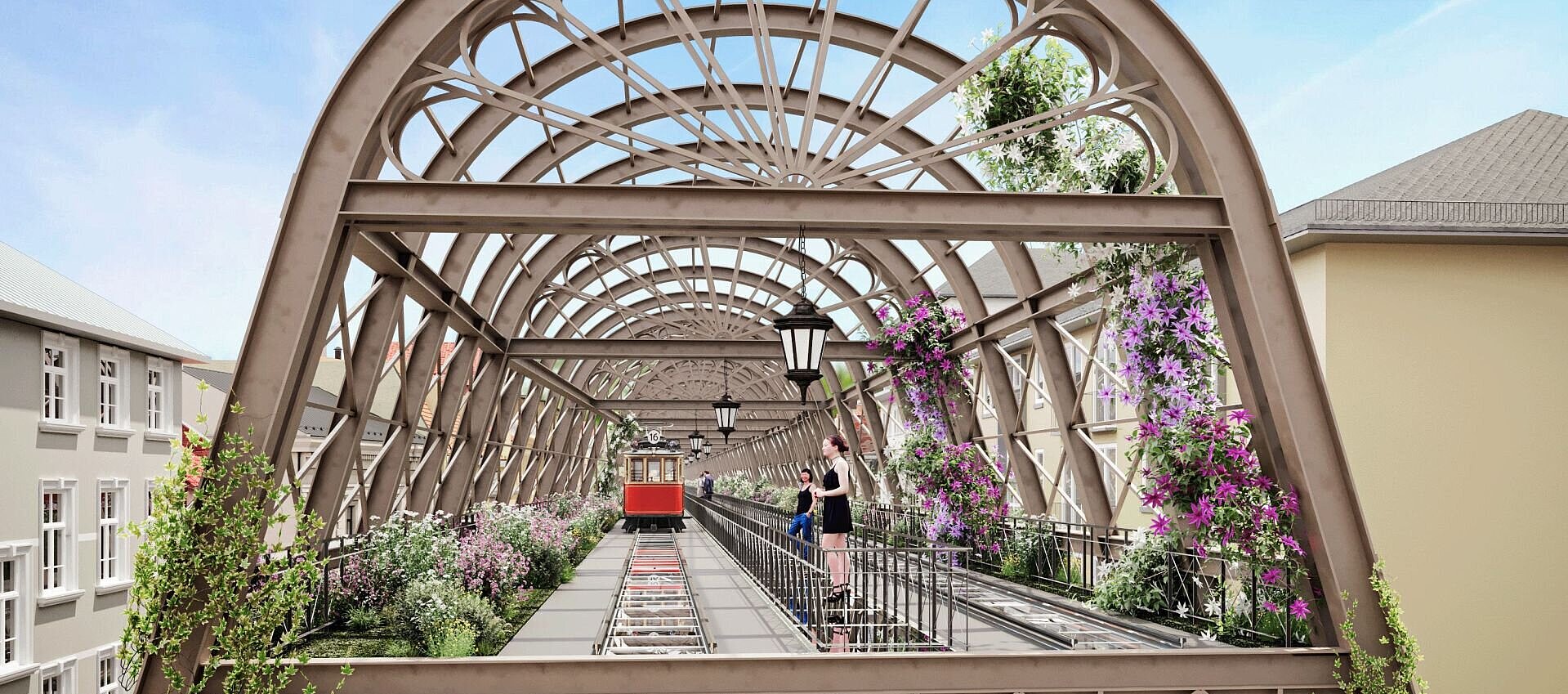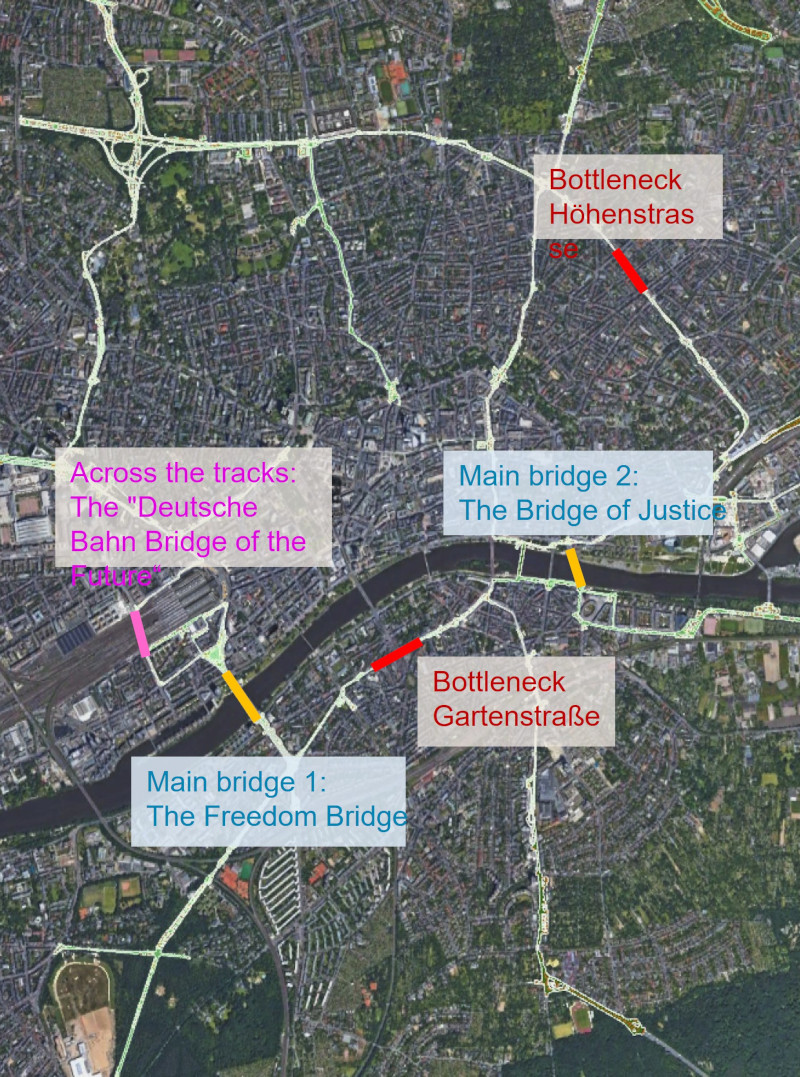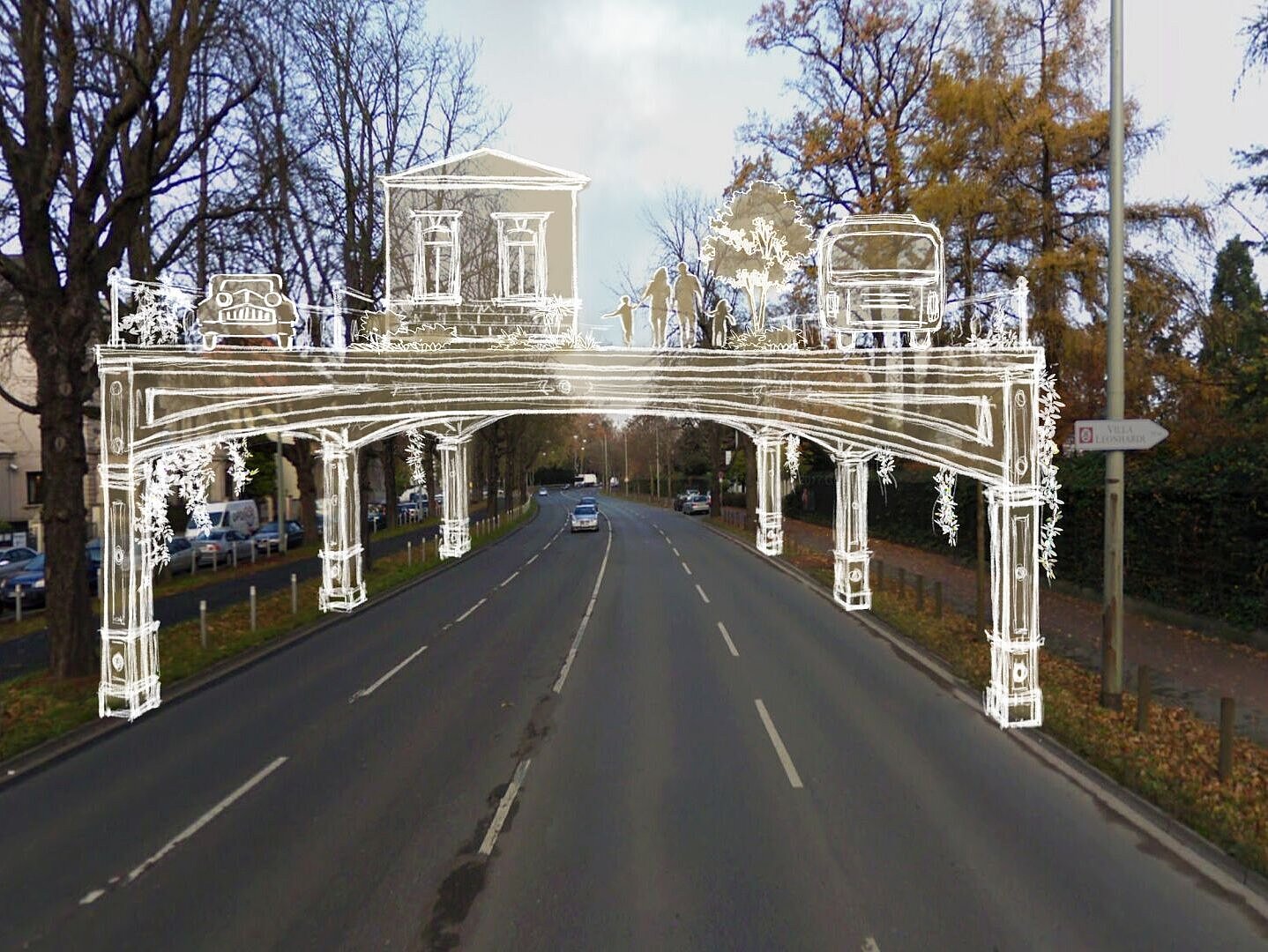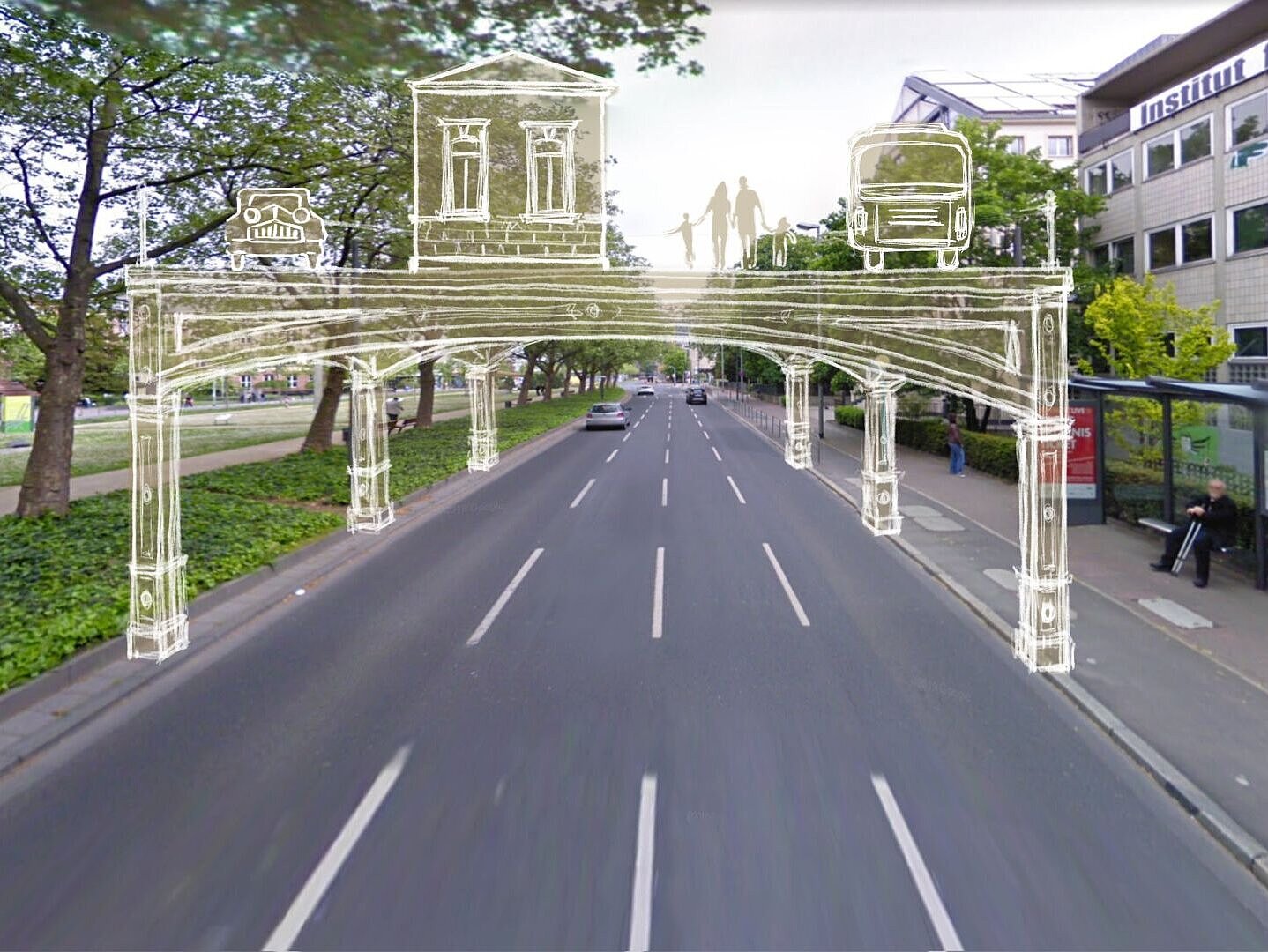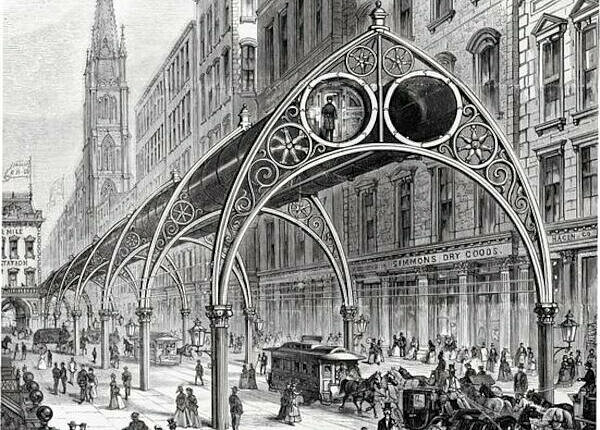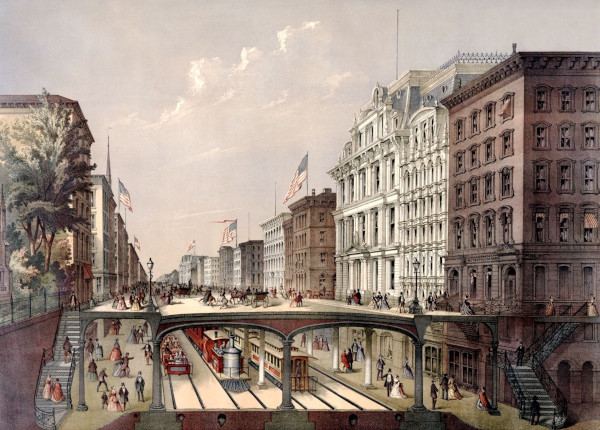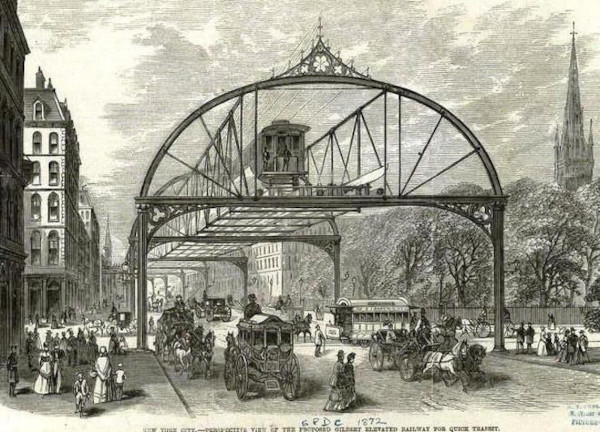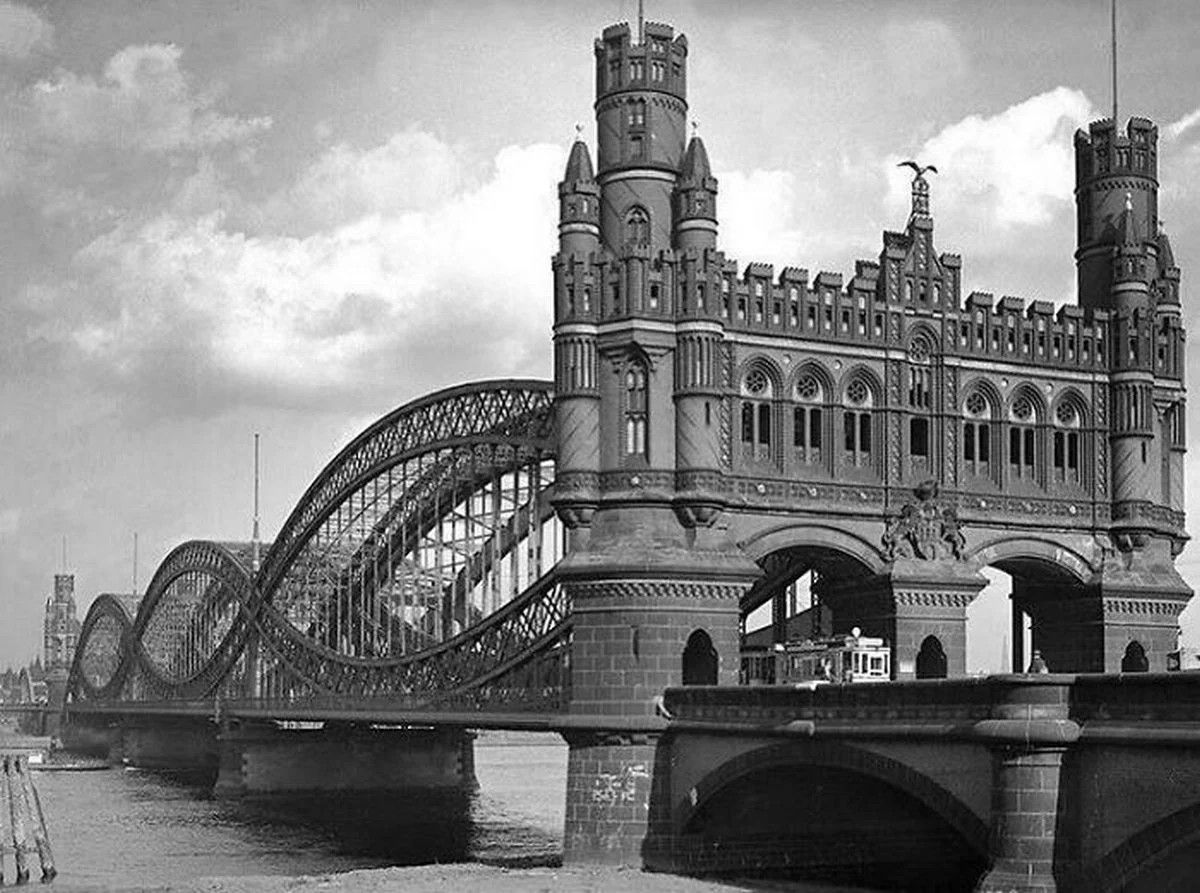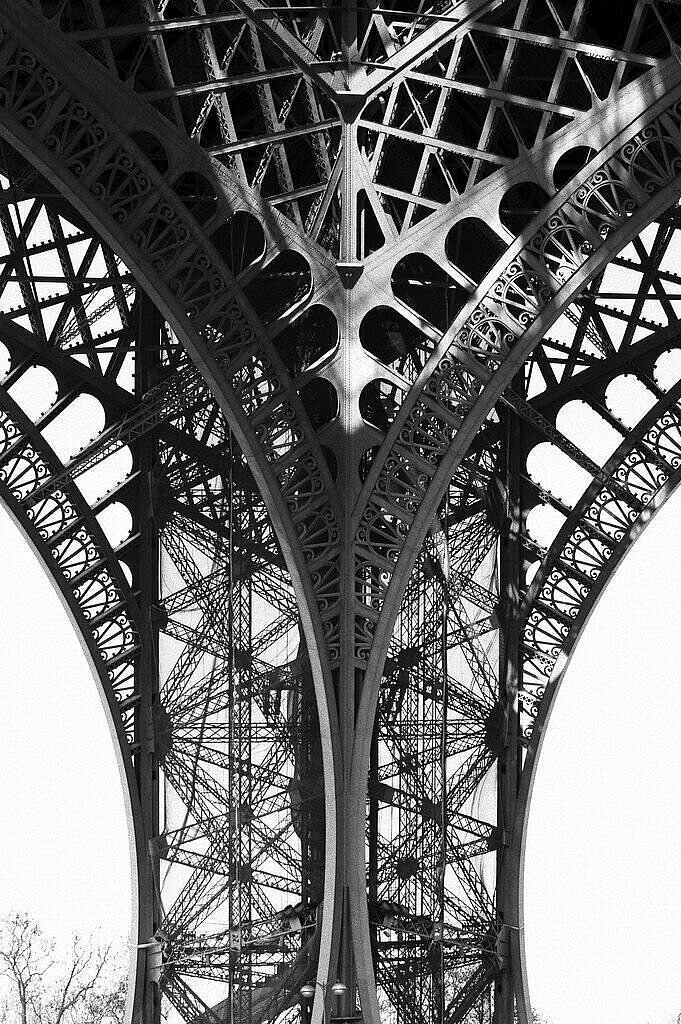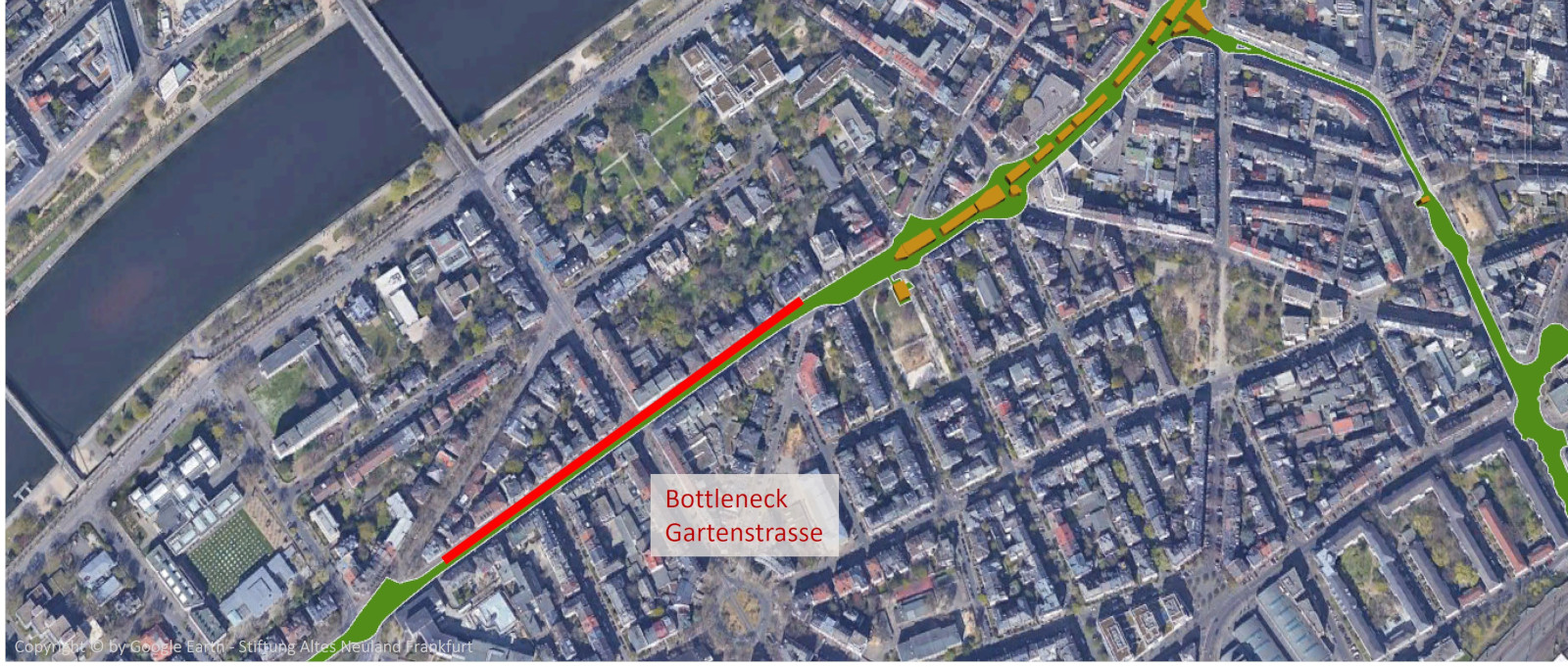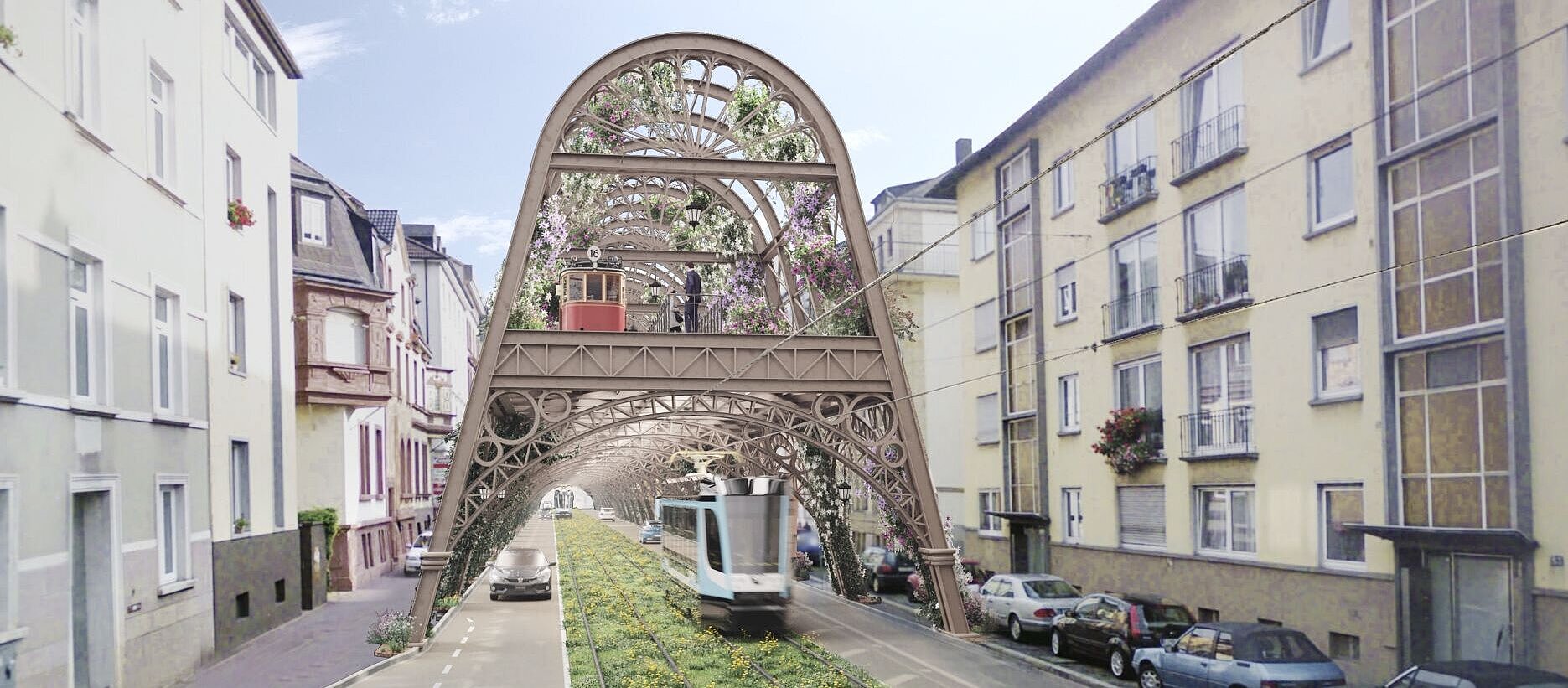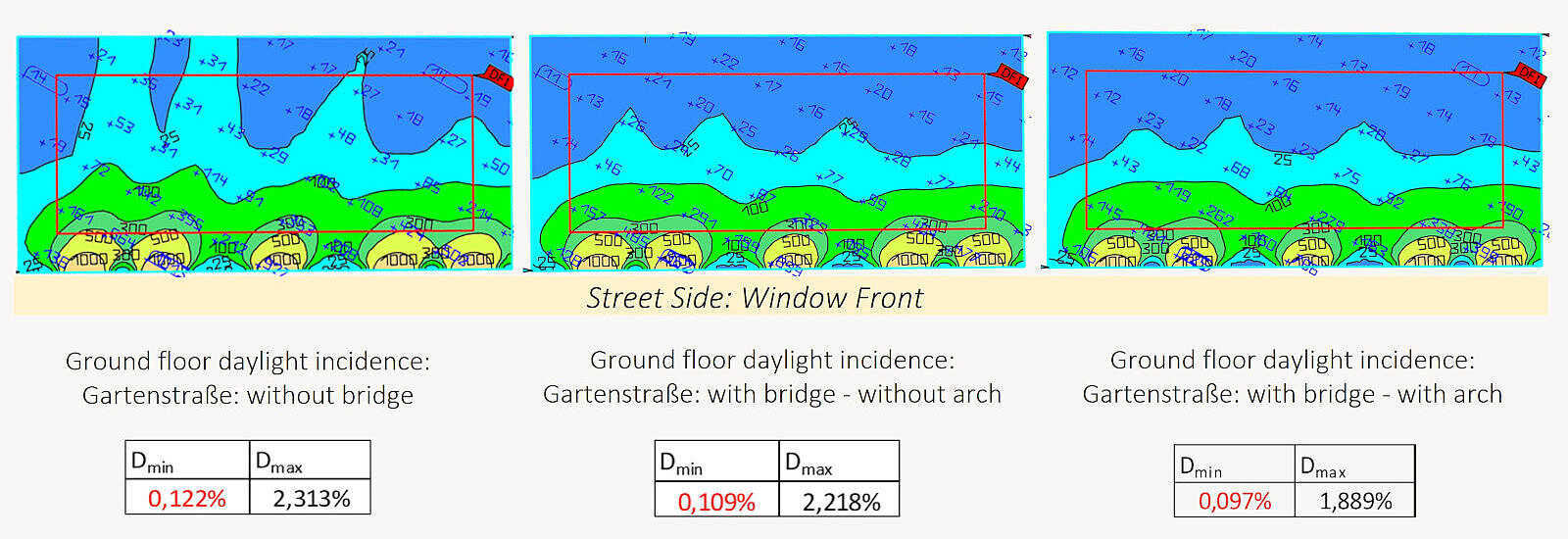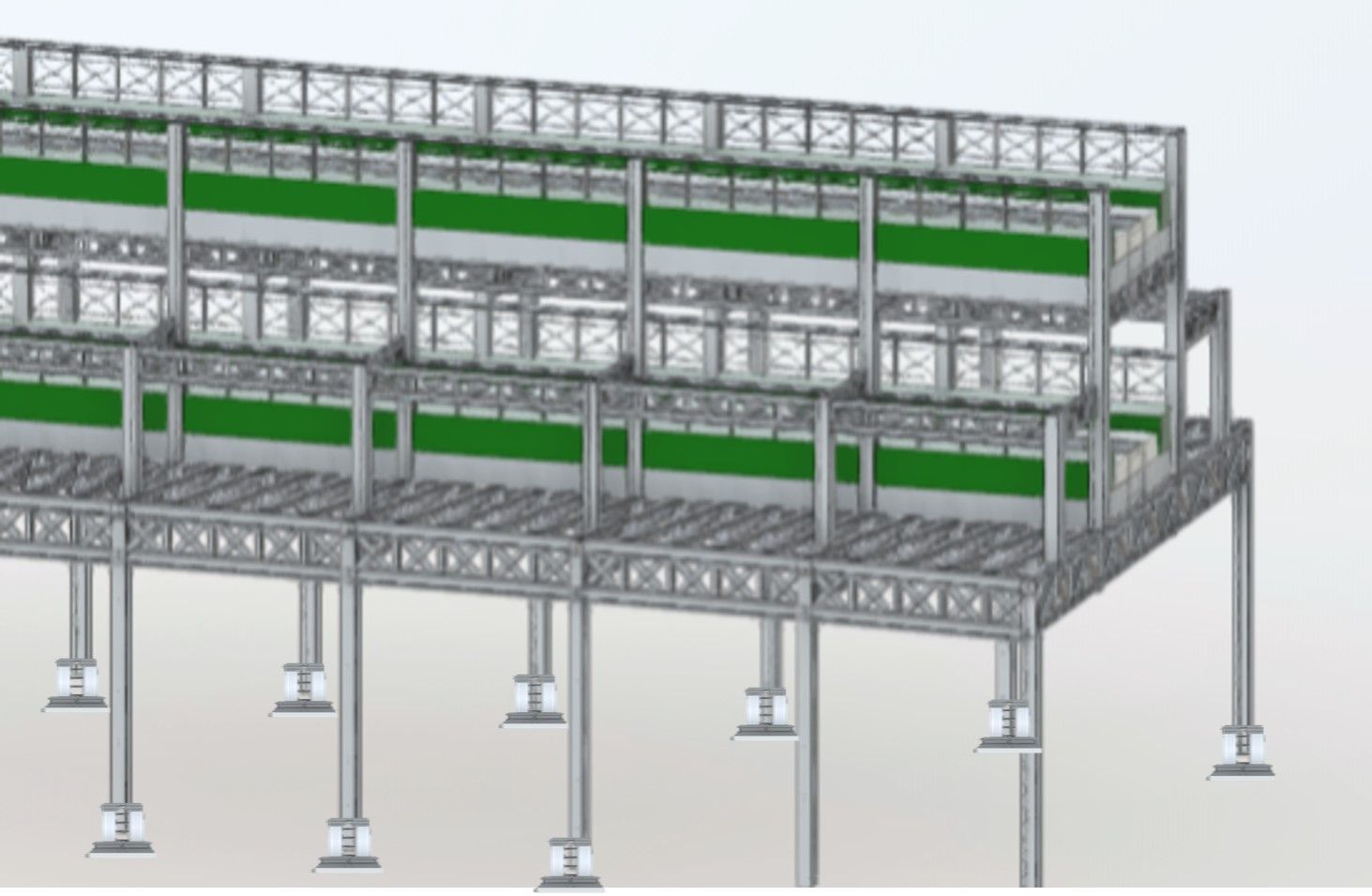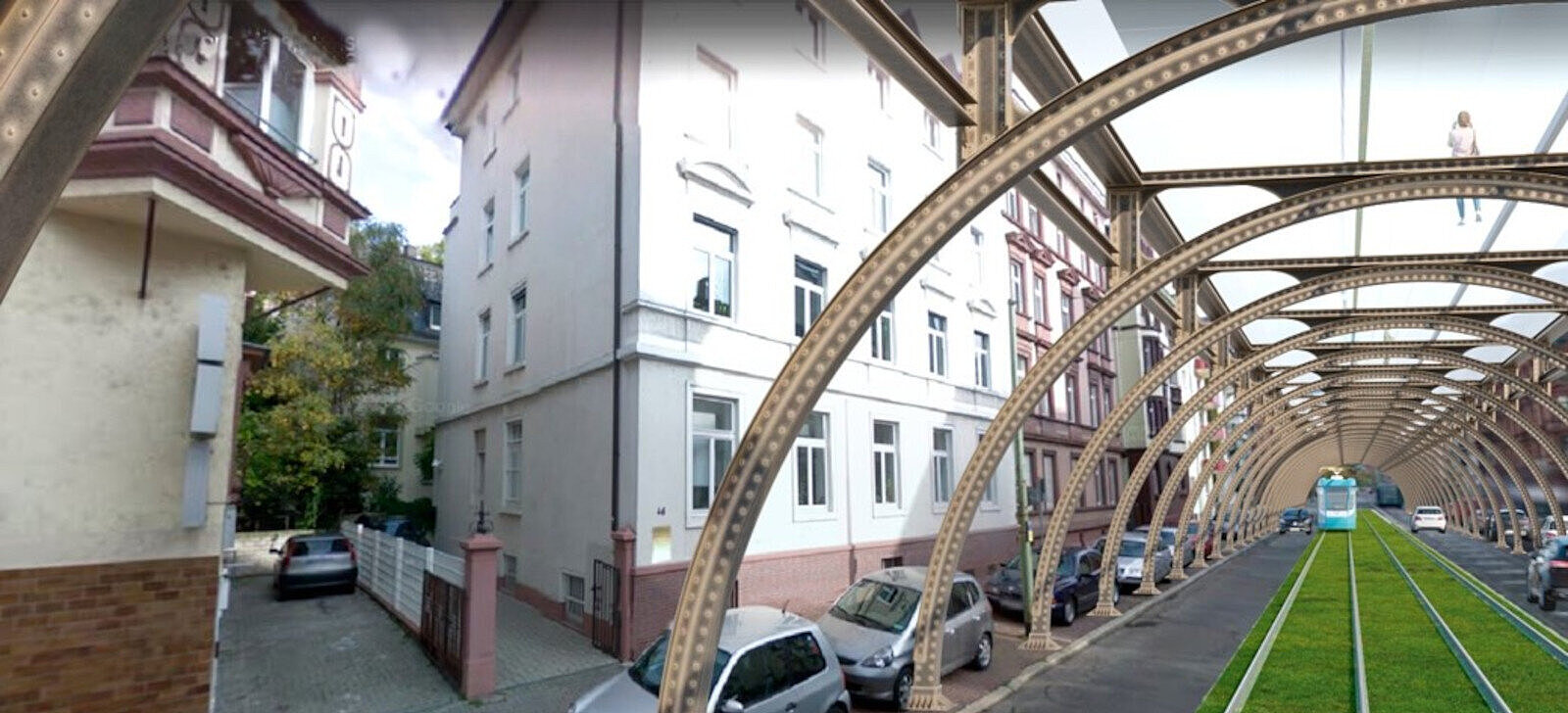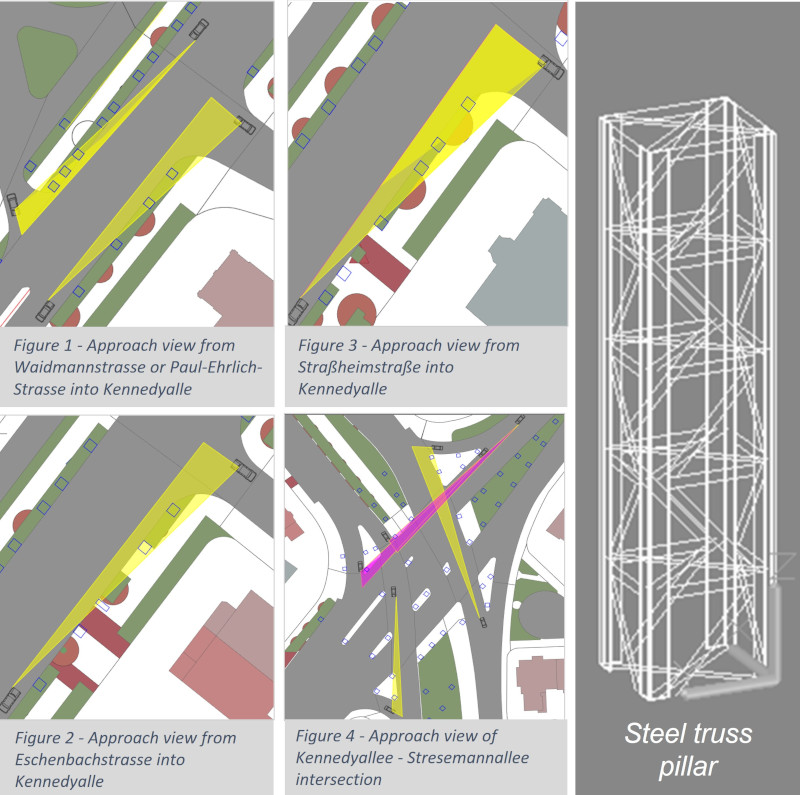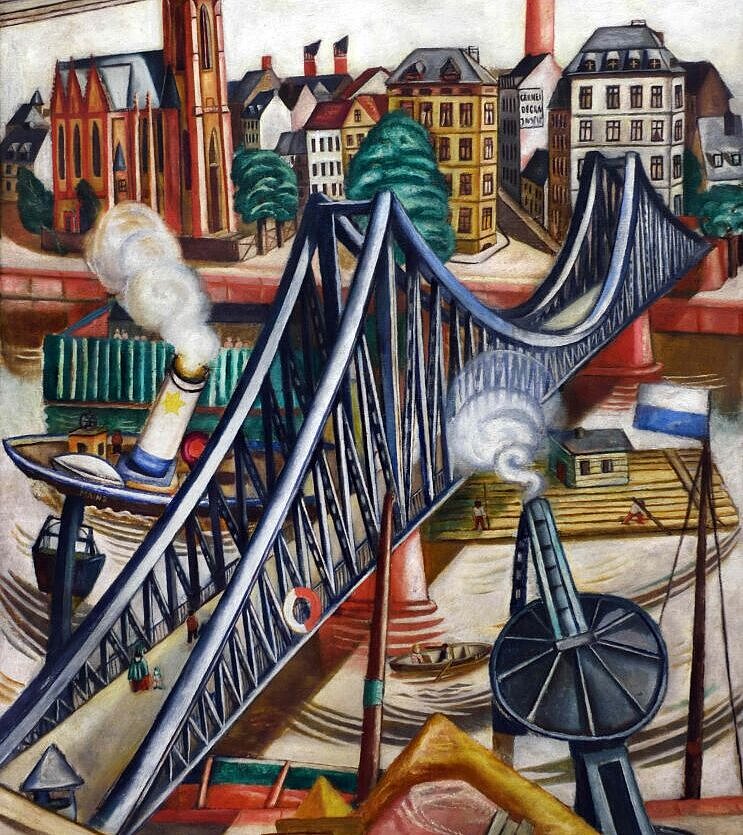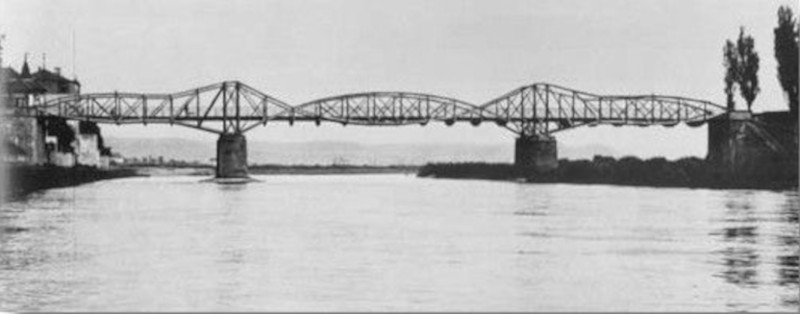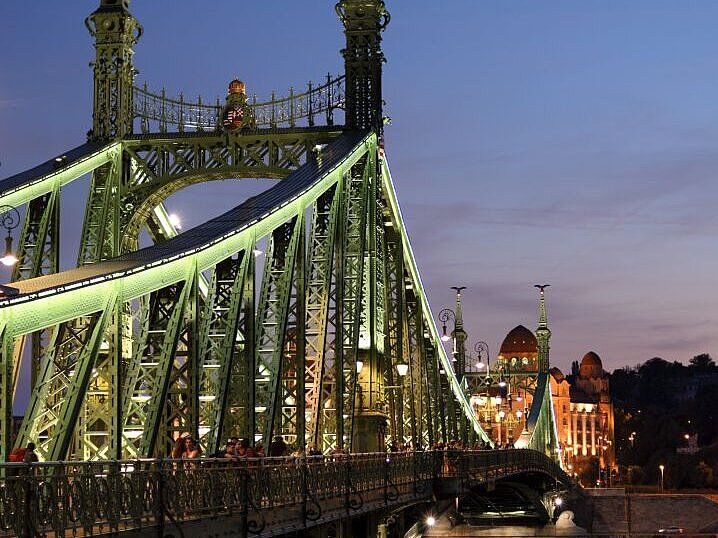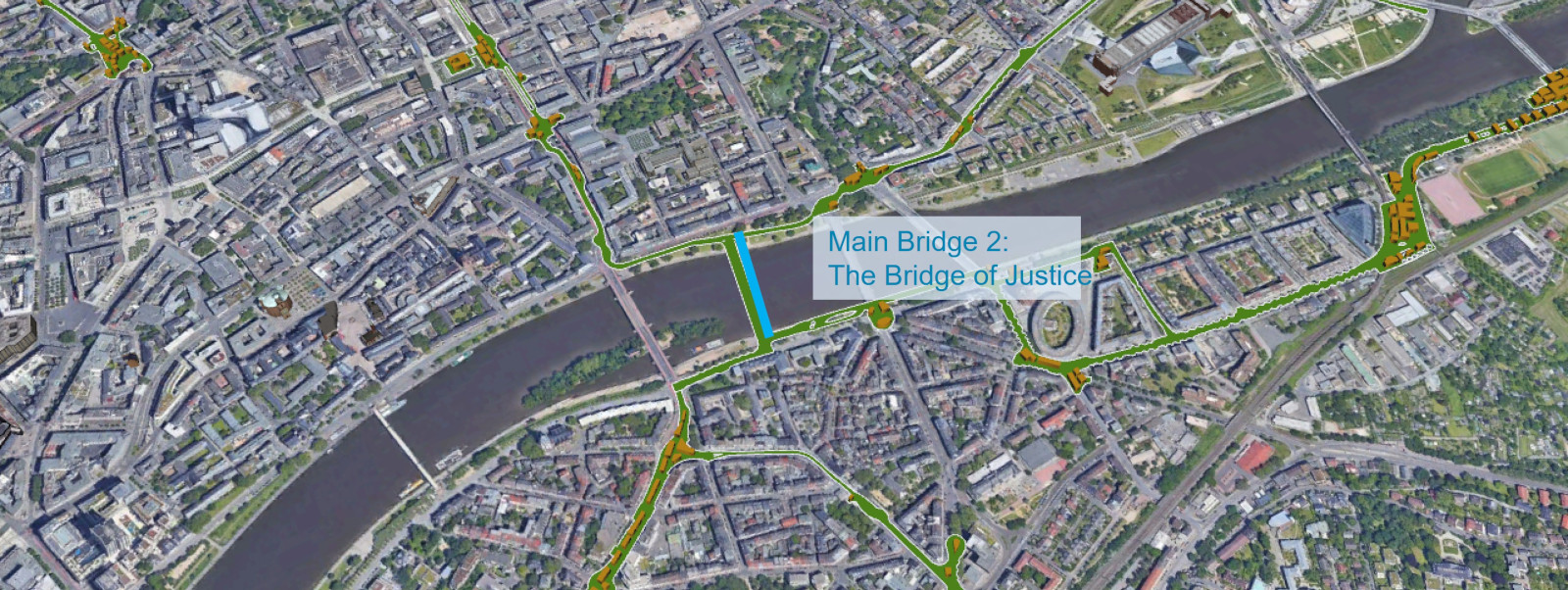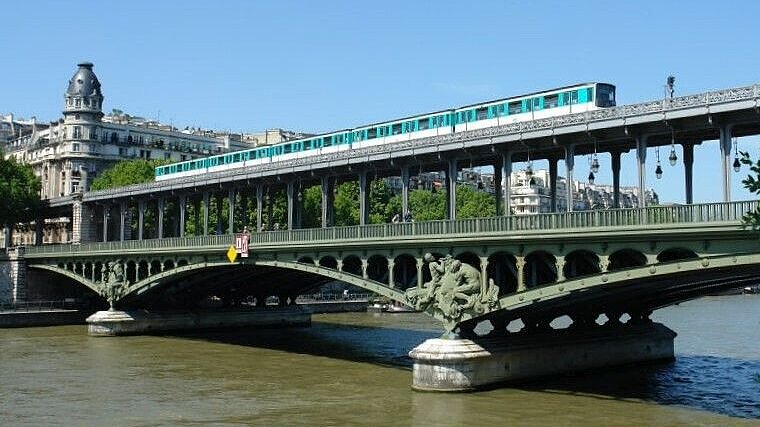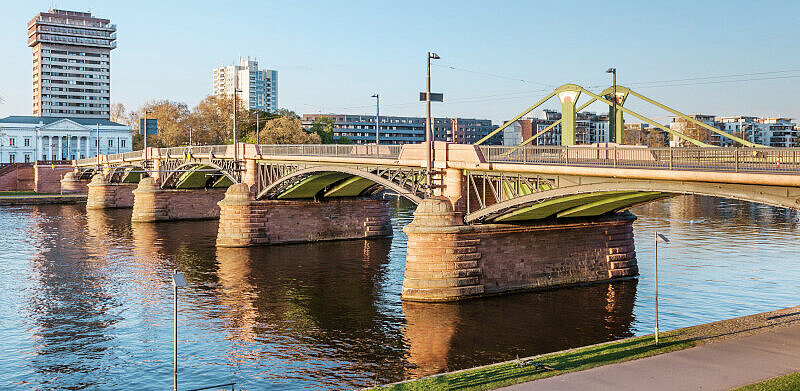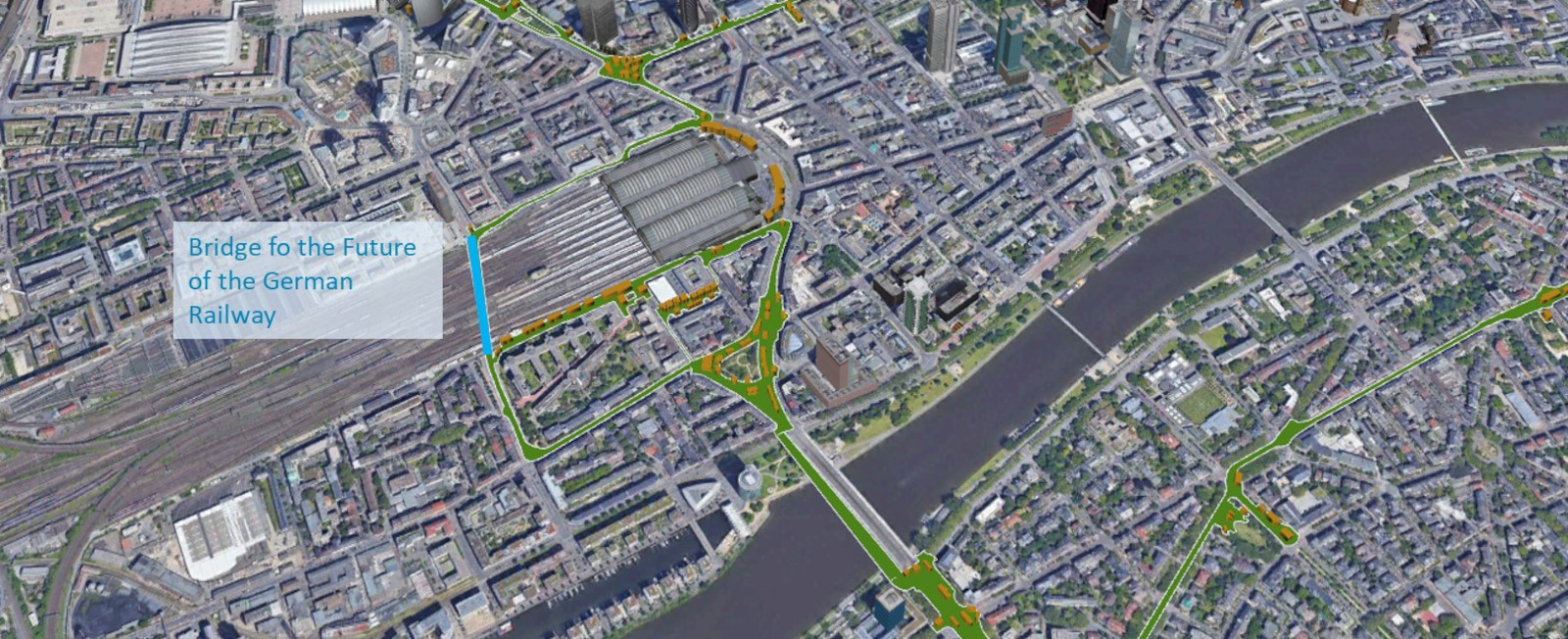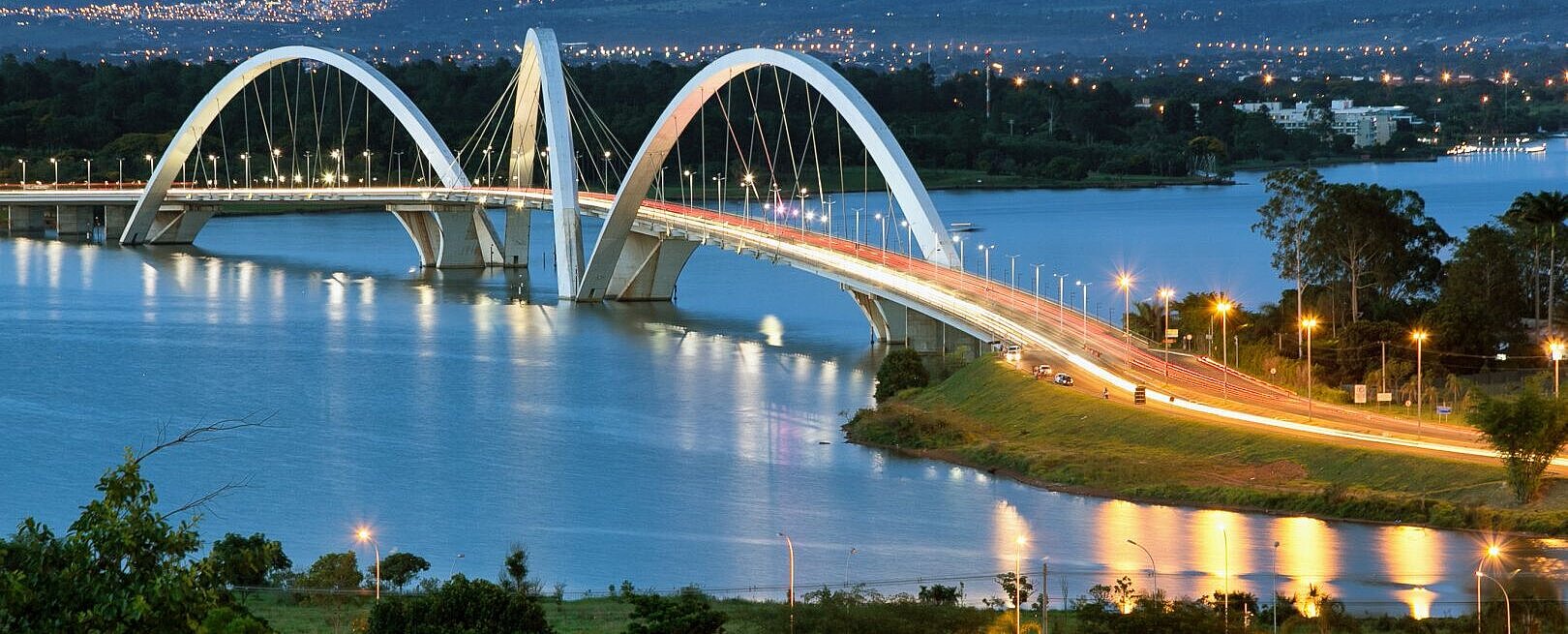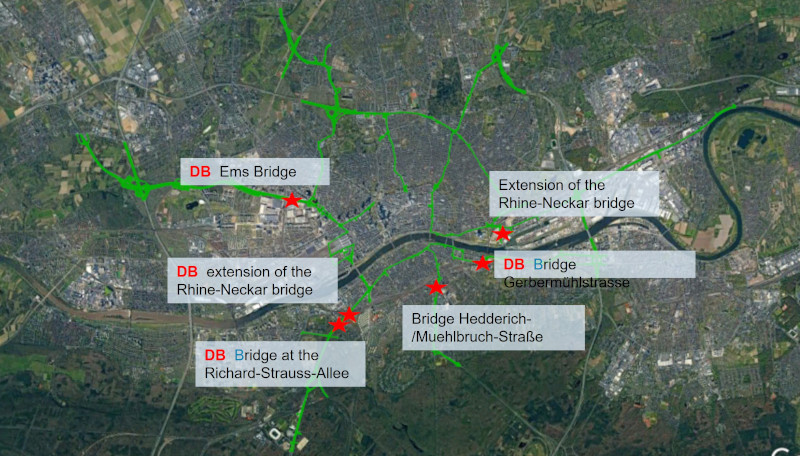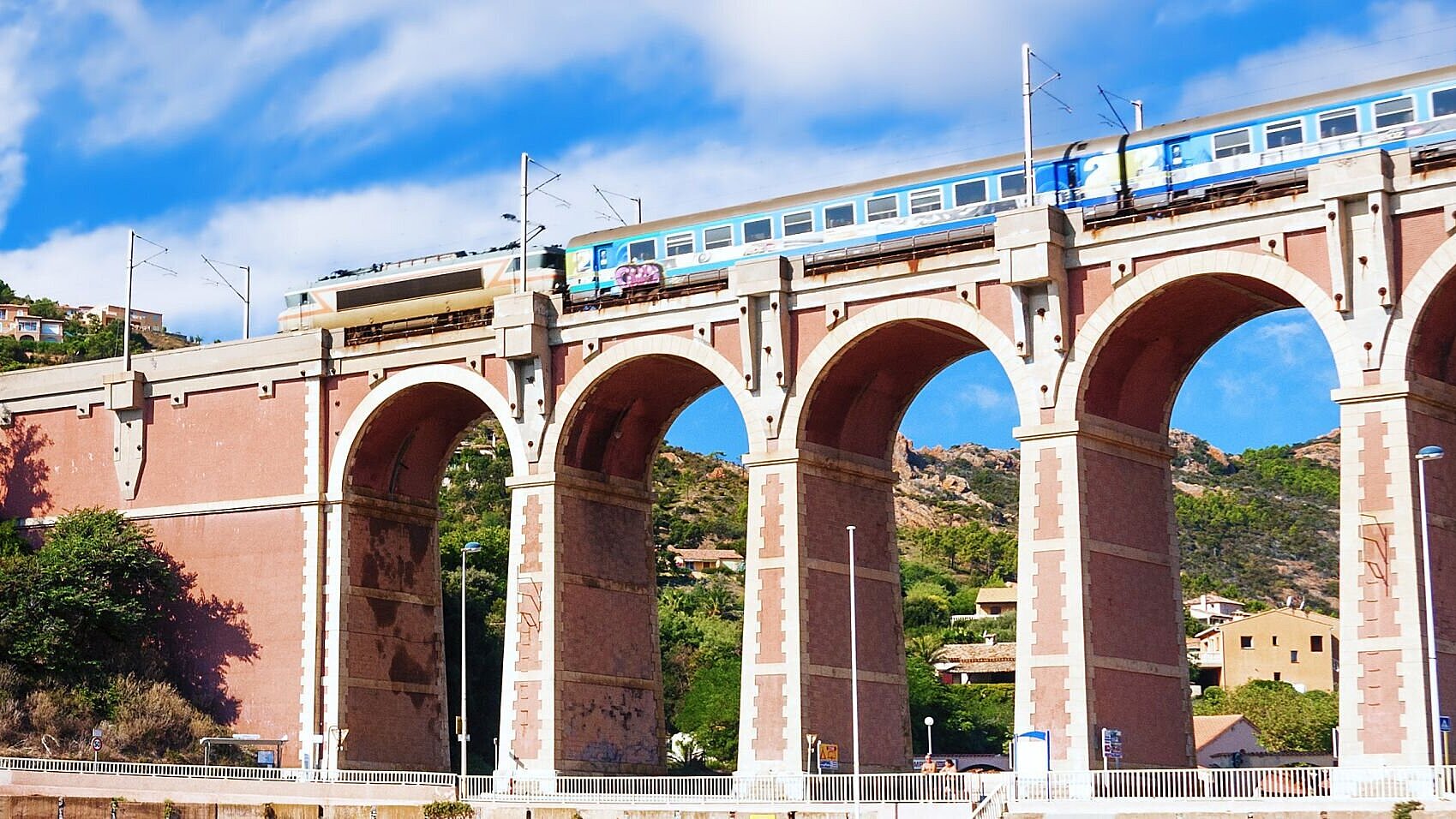The Frankfurt Bridges are constructed differently depending on the local conditions
The route for the Frankfurt Bridges is very heterogeneous: In some places, the underlying roads are not quite so wide, so that the Frankfurt Bridges have to be kept relatively slim or - when running through residential areas - even glassy; in other places, however, the roads are comparatively wide but are already crossed by railroad bridges, so that the Frankfurt Bridges have to pass over these crossbridges at a greater height.
For each of these local conditions, a correspondingly suitable bridge design must be conceived: In narrow places, a glass or filigree bridge structure made of truss steel is chosen instead of a wide bridge corpus made of concrete; where the bridges have to go up high, a viaduct-like design - for example, made of natural stone masonry - makes the most sense ; or else they float as high as gondolas above old trees. A wide variety of shapes and materials are used.
